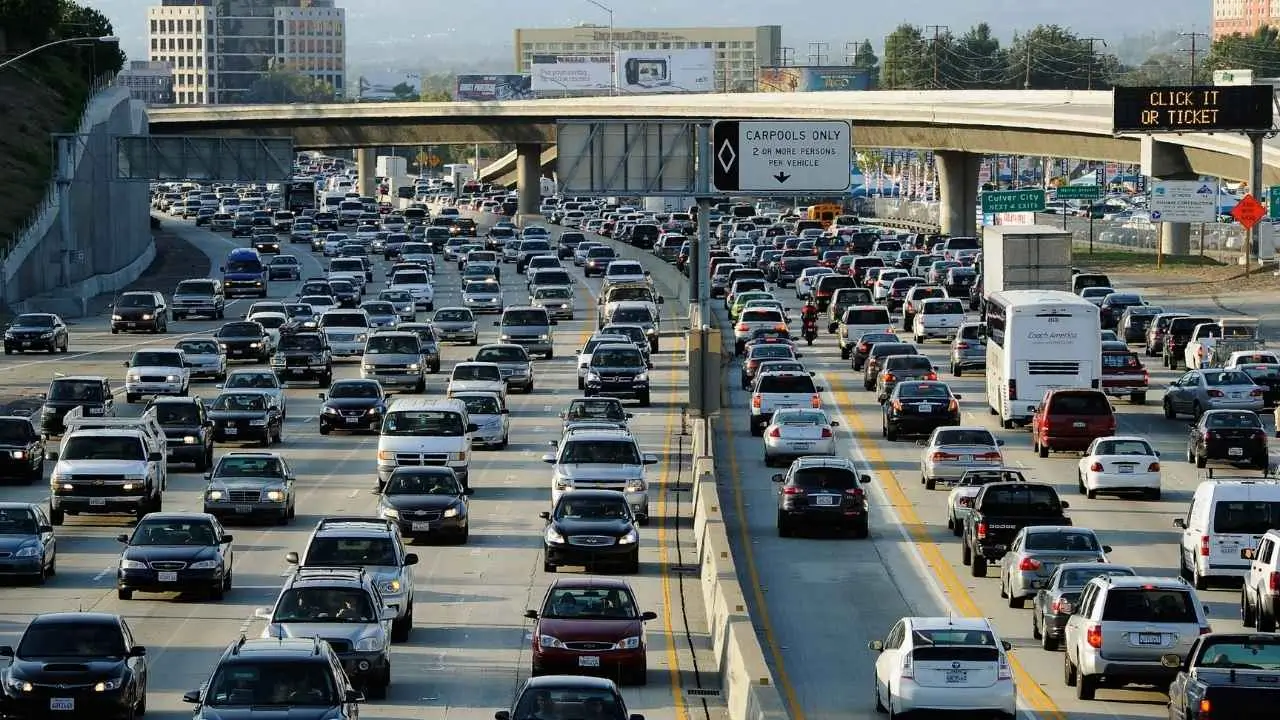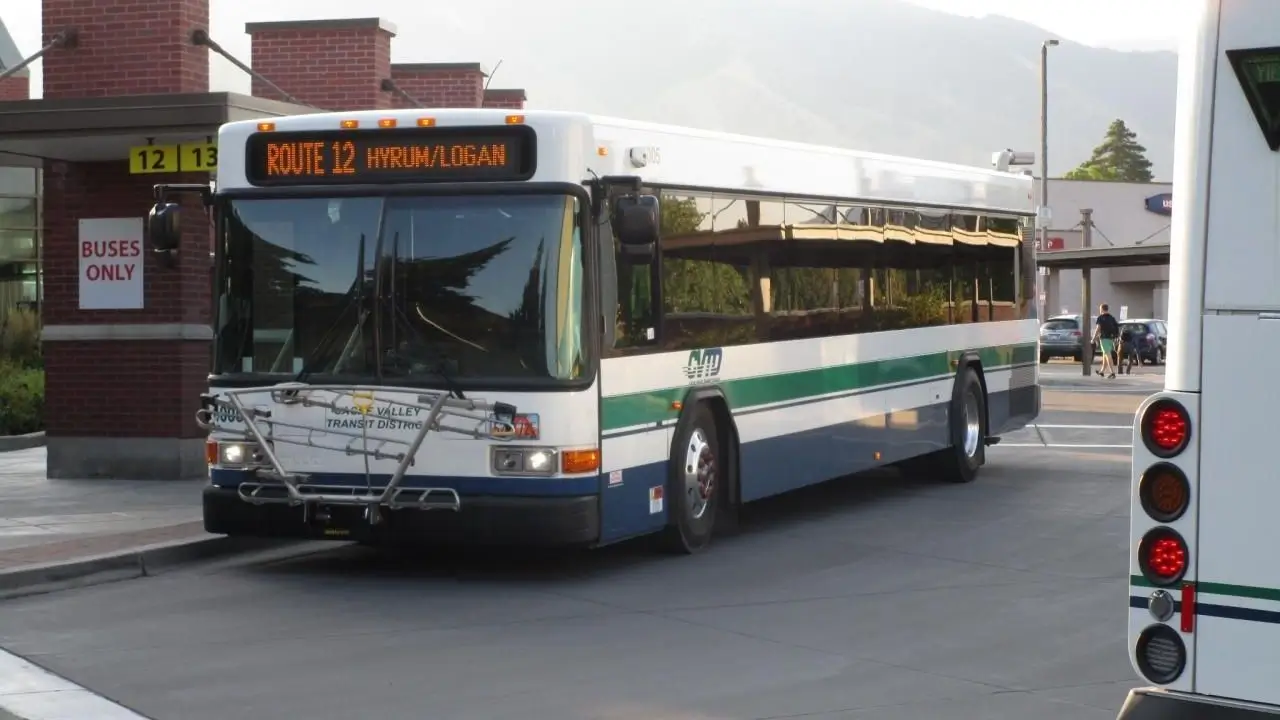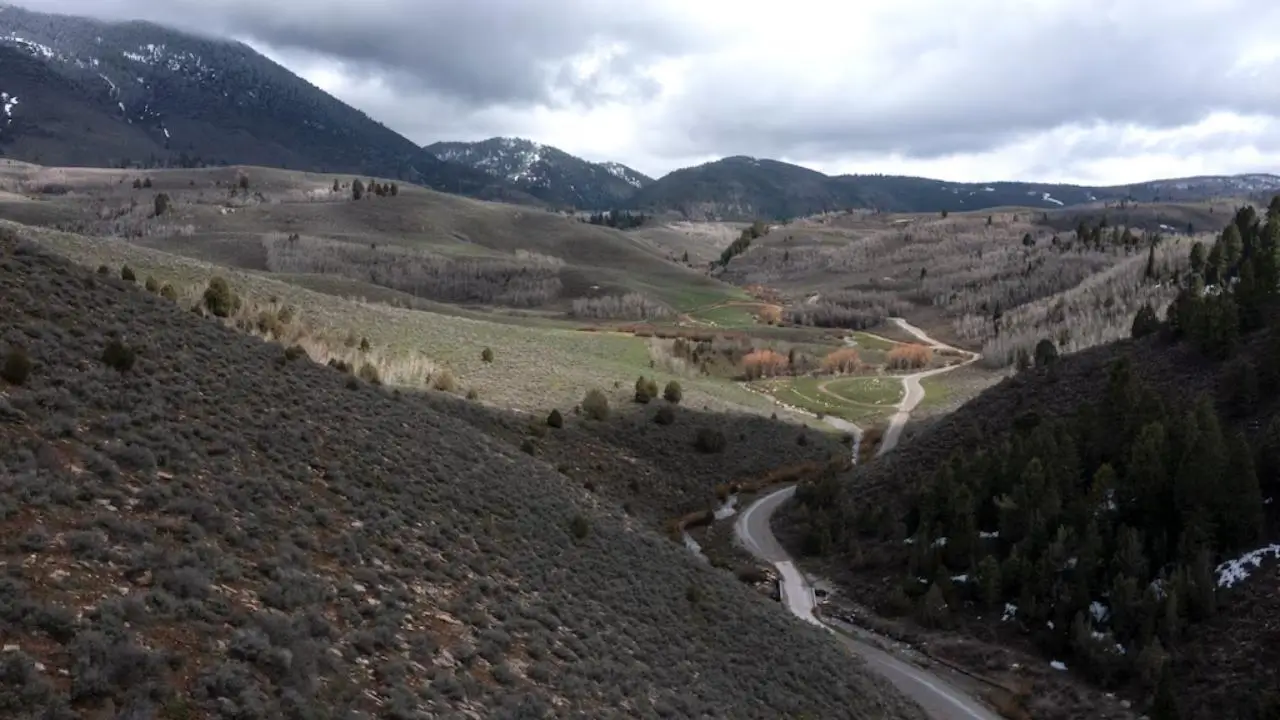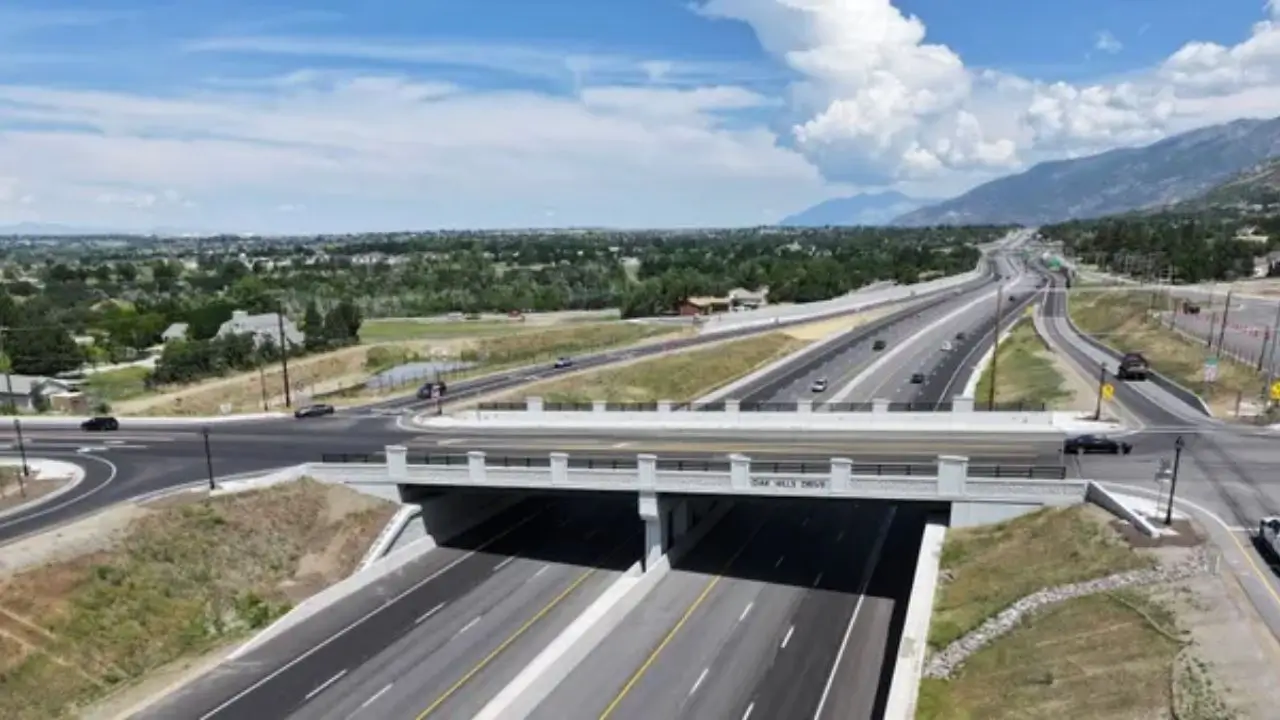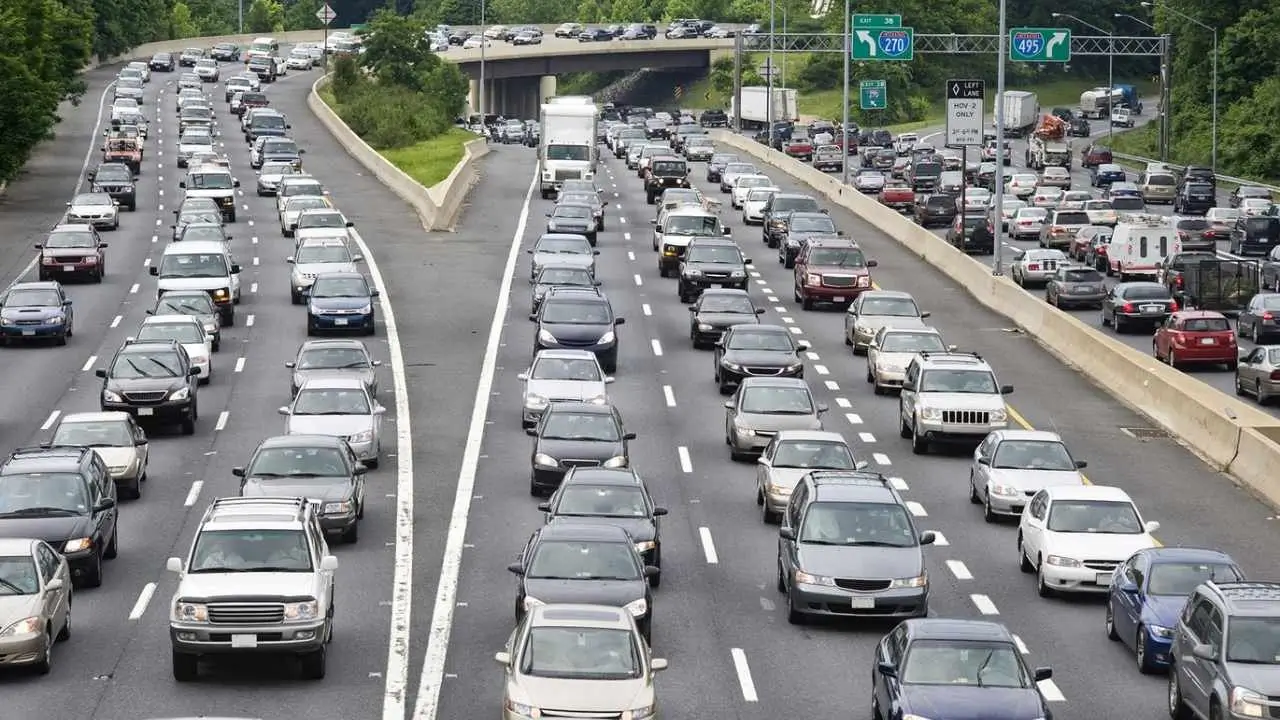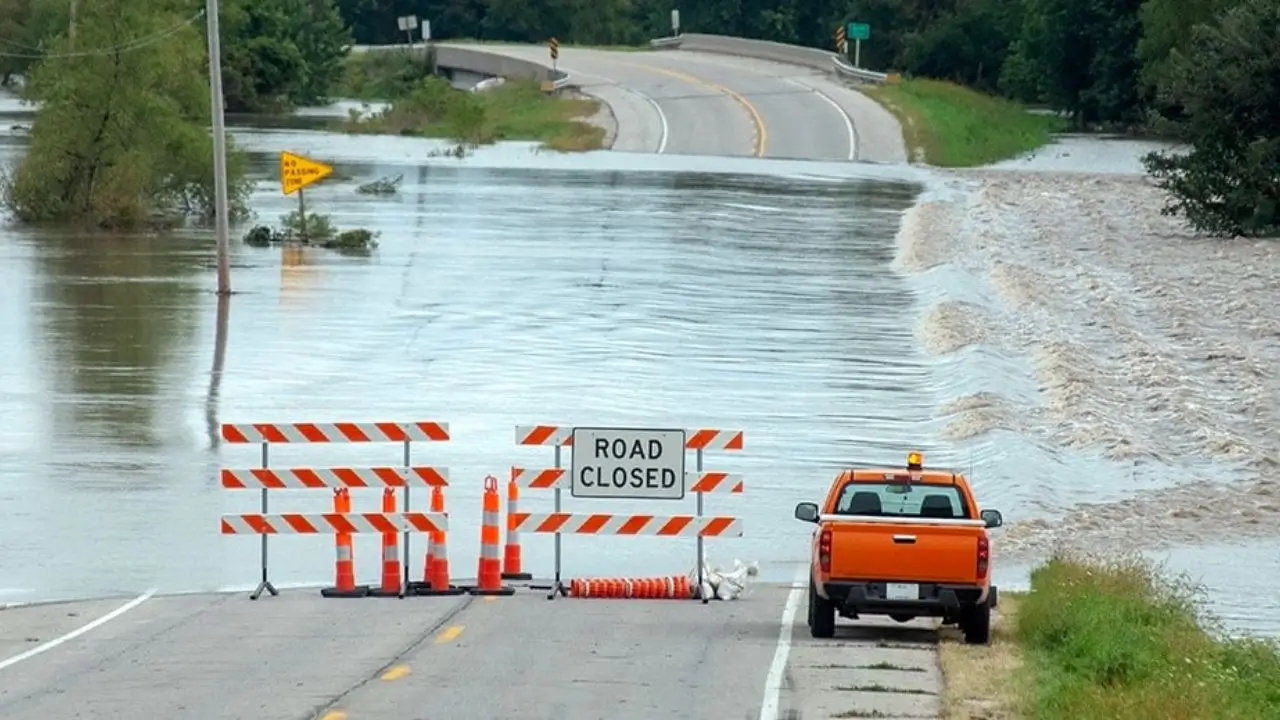Cache County, long grappling with transportation bottlenecks, is quietly implementing a major overhaul of its public transit system. The initiative aims to resolve the region’s longstanding commute issues, providing a much-needed solution to residents frustrated by gridlock. This bold transformation, still under wraps, could offer a sustainable future for the county’s growing population.
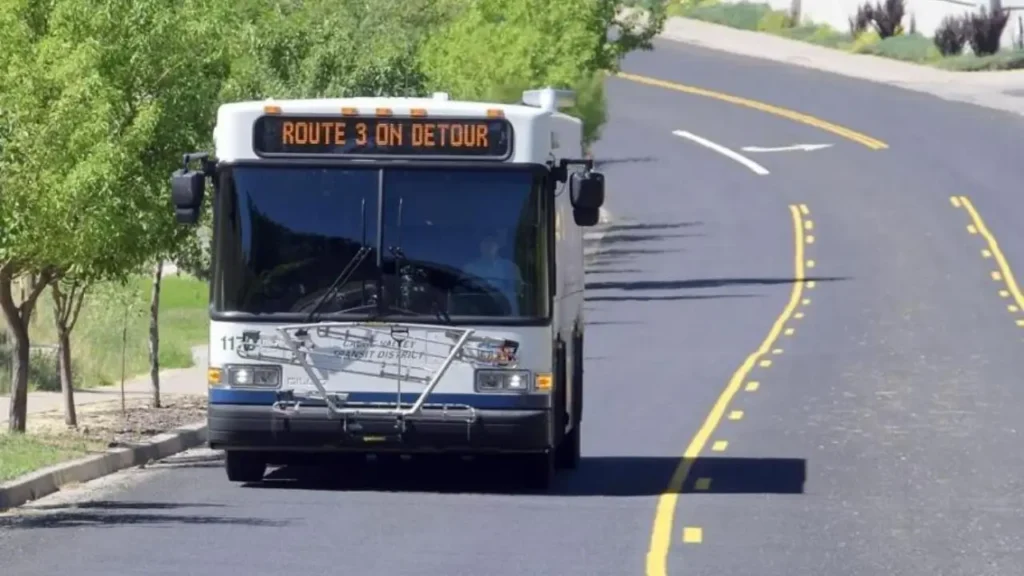
Cache County’s Hidden Plan to Transform Public Transit
| Key Fact | Detail/Statistic |
|---|---|
| Scope of the Plan | Overhaul of public transit services in Cache County. |
| Budget Allocation | $50 million allocated for initial phase. |
| Projected Benefits | Reduced commute times, environmental benefits, and greater accessibility. |
Cache County’s hidden plan to overhaul public transit is both a challenge and an opportunity. With ambitious goals set for improved mobility, environmental impact, and future growth, this initiative holds the promise of transforming the county’s transportation landscape. However, whether it can overcome logistical hurdles and deliver on its promises remains to be seen. The next few years will be pivotal in determining the project’s success.
Cache County’s Bold Plan to Fix the Commute Crisis
In the face of an ever-growing population and increased traffic congestion, Cache County is embarking on a secretive, yet ambitious project aimed at transforming public transit in the region. The plan has been in the works for years, but it’s only now beginning to come to light.
What’s Driving the Change?
Cache County, home to over 130,000 residents, has experienced a significant population surge over the past decade, exacerbating an already strained transportation system. With many commuters traveling long distances to work in the county’s urban centers, traffic congestion has become a daily challenge for residents.
The county’s rapid growth, paired with its reliance on car-based transportation, has made congestion a regular source of frustration. “Our traffic situation is at a tipping point,” said Jordan Moore, Director of the Cache County Transportation Authority (CCTA). “We’ve been laying the groundwork for something that could reshape how people move around this area.”
In response to these growing challenges, Cache County is pushing forward with its Cache County’s transit overhaul. The project’s ambition is simple: reduce gridlock, improve public transit, and address long-term sustainability concerns. But what sets this plan apart is its quiet execution — little has been disclosed to the public until recently, leaving many to wonder if it will truly deliver.
Cache County’s public transit infrastructure has remained largely unchanged for decades. Historically, the county has had limited access to high-quality transit options, relying mainly on local bus services that struggle to meet the needs of a rapidly growing population. The new plan, however, could signal a significant departure from the old ways.
A Closer Look at the Proposed Overhaul
At the heart of Cache County’s new transit system is the introduction of high-speed buses, upgraded rail services, and expanded bike lanes. The project aims to connect rural towns with urban hubs while reducing the number of cars on the road. By focusing on high-density corridors, the county hopes to reduce commute times and congestion, particularly during peak hours.
The proposed upgrades also include dedicated bus lanes and expanded light rail systems. The plan envisions a network of rapid-transit routes linking the far-flung communities of the Cache Valley, a region where public transportation options have been sparse at best. The new services will offer frequent, reliable travel options for commuters, students, and residents without reliable access to cars.
Smart technology is another key feature. The new system would integrate real-time monitoring and optimization of transit routes, ensuring that services are responsive to actual demand. Traffic congestion data would allow buses and trains to adjust schedules and routes dynamically, providing smoother service even during high-traffic periods.
This system would not just address the physical bottlenecks on the roads but also provide environmental benefits. The plan is set to integrate more sustainable transport options, reducing the reliance on private vehicles and thereby lowering greenhouse gas emissions.
“Our goal is not just to make commuting easier but also more environmentally friendly,” said Claire Jacobs, a senior transportation planner with the county. “This system will reduce emissions by shifting commuters from single-occupancy vehicles to public transit.”
The Environmental and Economic Impact
The environmental benefits of the transit overhaul cannot be overstated. Cache County, like many regions across the U.S., is grappling with the impacts of climate change, and reducing emissions is a major priority. By decreasing the number of private cars on the road, the county hopes to reduce carbon footprints while offering an alternative that’s better for both residents and the planet.
Additionally, there is an economic angle to this transformation. The improved transit system is expected to boost local economies by improving access to jobs and services. “Better public transit will provide access to jobs that may have previously been out of reach,” said Beasley, a local advocate for public transportation reform.
There’s also the economic advantage of reduced traffic congestion itself. According to a 2024 report from the Urban Mobility Think Tank, congestion in Cache County costs residents an estimated $30 million annually in lost time and fuel. If the new system can help ease congestion, it could provide substantial economic savings for residents and businesses alike.
How Will It Impact Residents?
Early projections suggest that the overhaul could reduce commute times by up to 25%. By offering more frequent services and better route connectivity, residents will have greater access to work, education, and recreational opportunities.
Cache County’s officials are hopeful that the new system will offer a marked improvement. The project’s design includes elements aimed at providing an equitable experience for all residents. For instance, expanded access to rural areas, improved safety features, and a broader range of pricing options could make the system more inclusive.
However, public opinion remains divided. Some residents are skeptical about the system’s ability to deliver on its promises, especially given the logistical challenges of scaling up public transit in a region that’s long been dependent on personal vehicles.
“This will create better access for everyone, whether they’re commuting to work or just trying to run errands,” said Tom Beasley, a local advocate for public transportation reform. Others, however, are uncertain. “There’s a lot of talk about what might happen,” said Sarah Henderson, a long-time Cache County resident. “But I’m not sure how it’s going to be managed, especially in smaller towns where people still rely on cars a lot.”
Funding and Budget Allocation
The overhaul is expected to cost approximately $50 million in its first phase, with additional phases planned as the system expands. A significant portion of the funding is expected to come from both state and federal sources, with a portion raised through bonds. However, officials remain committed to ensuring that the financial burden does not fall solely on local taxpayers.
Funding for public transit systems is always a contentious issue, especially in smaller counties. Critics argue that even with state and federal aid, the local government will need to allocate additional resources or explore innovative financing options to cover ongoing operational costs. “It’s crucial that the project be fully funded from multiple sources,” said Rhodes, a senior urban planner at the University of Utah. “Without a sustainable funding model, the system may not be able to survive in the long run.”
Experts Weigh In: Will It Work?
Public transit experts are divided on the project’s feasibility. Some believe that Cache County’s move is a step in the right direction, considering the rapidly growing population and the increasing strain on infrastructure.
“It’s a promising plan, but it’s crucial that the infrastructure keeps pace with population growth,” noted Dr. Laura Simons, a transportation expert at the University of Utah. “Without proper maintenance and the right technological support, these systems often face operational challenges.”
In contrast, other experts argue that Cache County’s relatively small size could pose a challenge. “It’s difficult to make large-scale transit work efficiently in areas that don’t have the density of larger urban centers,” said Mark Rhodes, a senior urban planner based in Salt Lake City.
The Road Ahead: What’s Next?
Though the project’s details are still being finalized, Cache County officials are confident that the system will be operational within the next three years. The county has already begun preparing its infrastructure, with the initial phase of the plan focusing on expanding bus routes and creating hubs for seamless transit exchanges.
“This project will provide lasting solutions,” said Moore, summing up the hope for the county’s future. “It will redefine how people travel and, in the process, make Cache County a model for sustainable transit.”
FAQs About Cache County’s Hidden Plan to Transform Public Transit
Q: How will the public transit overhaul affect local traffic congestion?
The project aims to reduce congestion by encouraging more people to use public transit, thereby reducing the number of vehicles on the road.
Q: What is the timeline for the project’s completion?
The first phase of the project is expected to be operational within three years, with additional phases planned as the system expands.
Q: Will there be any costs to residents?
While the county will fund much of the project through state and federal sources, some cost-sharing measures may be implemented to ensure long-term sustainability.


